Gender: Male
Lewis, David Levering
Lewis, David S. (Execution of)
 Henry J. Lewis
Henry J. Lewis
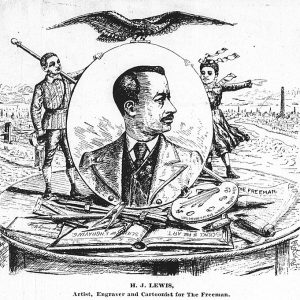 Henry Jackson Lewis
Henry Jackson Lewis
Lewis, Henry Jackson
Lewis, Paul Tyrone
Lewis, Sanford (Lynching of)
 Sanford Lewis Lynching
Sanford Lewis Lynching
Lewisburg into Yell and Searcy Counties, Scout from
Lewisburg to Strahan’s Ferry, Expedition from
Lewisburg, Scouts from (August 11–14, 1864)
Lewisburg, Scouts from (June 1864)
Lewisburg, Scouts from (September 6–12, 1864)
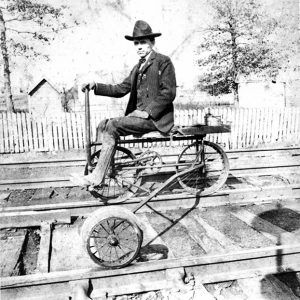 Lewisville Speeder
Lewisville Speeder
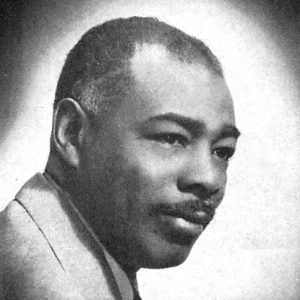 Claude Lightfoot
Claude Lightfoot
Lightfoot, Claude M.
Lightfoot, G. P. F. (Lynching of)
Lighton, Will
aka: William Rheem Lighton
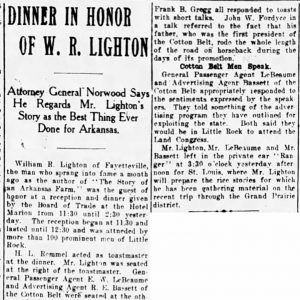 Will Lighton Article
Will Lighton Article
Lile, James Buel
 Jimmy Lile
Jimmy Lile
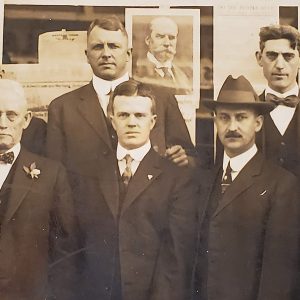 Lily White Republicans
Lily White Republicans
Lily White Republicans
 Timothy Lincoln
Timothy Lincoln
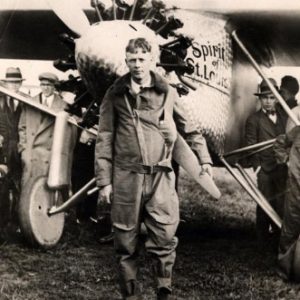 Lindbergh in Paris
Lindbergh in Paris
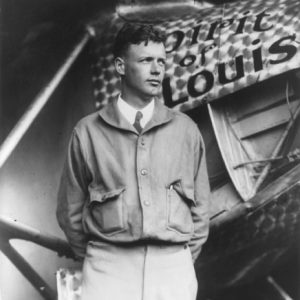 Charles Lindbergh
Charles Lindbergh
 Evan Lindquist
Evan Lindquist
Lindquist, Evan Leroy
Lindsey, Bruce Robert
Lindsey, Donnie Lee, Sr.
 Donnie Lindsey
Donnie Lindsey
Lindsey, Elijah (Eli)
 Jim Lindsey Bust
Jim Lindsey Bust
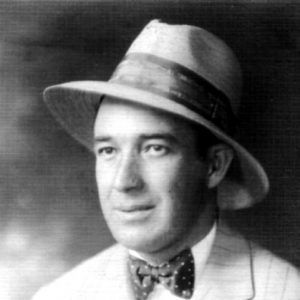 Clarence Linebarger
Clarence Linebarger
Linebarger, Clarence A.
Linton, Henri
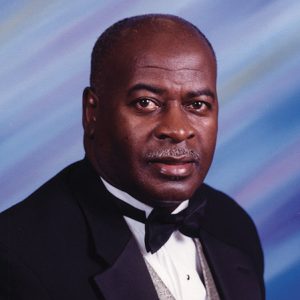 Henri Linton
Henri Linton
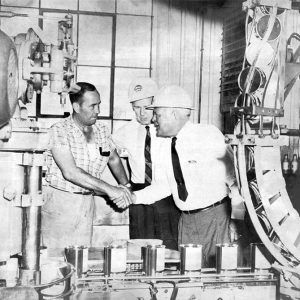 Lion Oil Employees
Lion Oil Employees
Liston, Sonny
aka: Charles Liston
 Sonny Liston
Sonny Liston
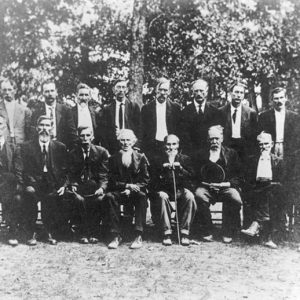 Little Flock Preachers
Little Flock Preachers
 Little Readers Rock
Little Readers Rock
Little River County Lynching of 1878
Little Rock College
Little Rock Executions of 1885
Little Rock Executions of 1892
Little Rock Fortifications (Civil War)
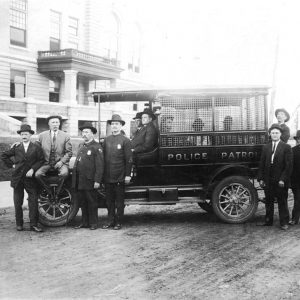 Little Rock Police
Little Rock Police




